The muscle car era, spanning the 1960s and early 1970s, was a time of thrilling performance and bold design choices. Beyond the roaring engines and sleek lines, manufacturers offered a range of bizarre factory options that left a lasting impression on enthusiasts and collectors alike. Some of the strangest and most intriguing factory options from this iconic period in automotive history continue to capture the imagination of car enthusiasts to this day.
The Unlikely Luxuries
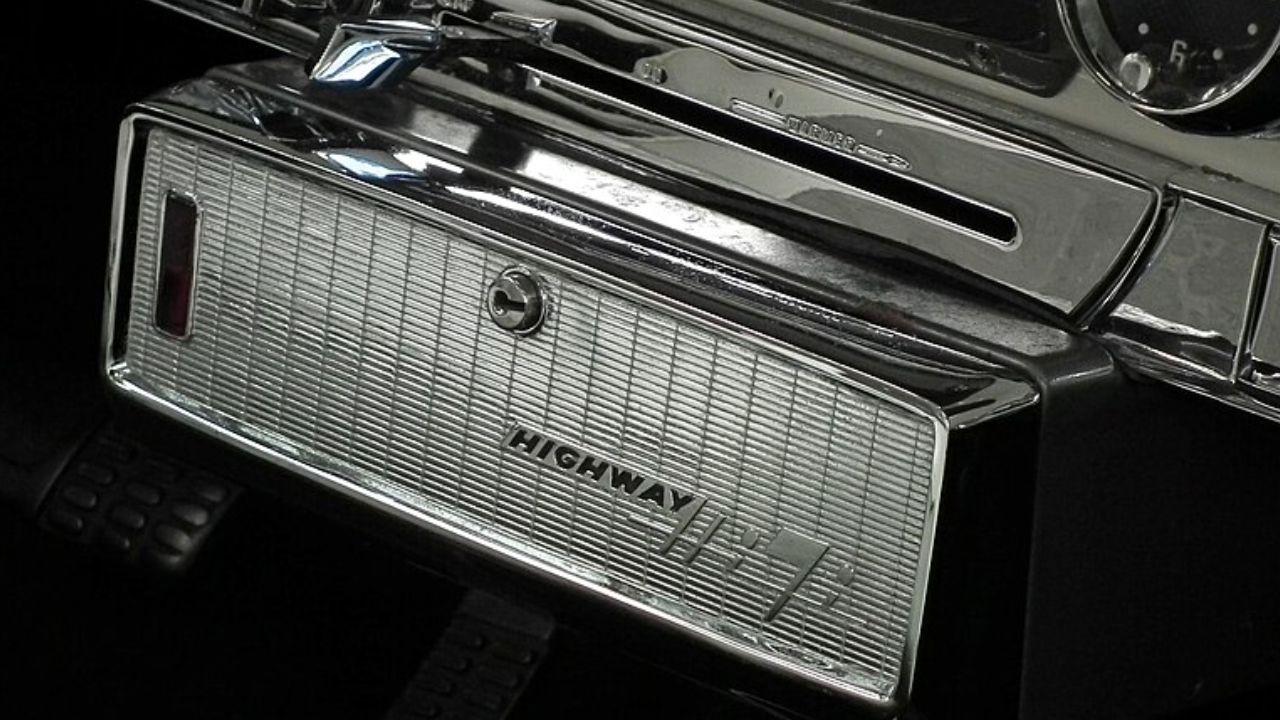
In a bid to blend the luxury of home entertainment with the thrill of driving, some manufacturers introduced the option of built-in record players. These devices allowed drivers and passengers to enjoy music from vinyl records right inside their cars. While the concept seemed innovative, the practicality was questionable. The bumpy roads and vibrations often caused records to skip, making it more a novelty than a staple feature. The technology was short-lived, but it certainly added a touch of class and curiosity to the muscle car experience.
Chrysler took a different approach with its Highway Hi-Fi system. This unique entertainment option was designed to play proprietary 16⅔ RPM records, providing hours of uninterrupted music for long drives. Although it was a clever idea, the limited selection of records and the cumbersome nature of the system meant it never quite caught on. Nevertheless, Highway Hi-Fi remains a fascinating chapter in the evolution of in-car entertainment.
The Performance Peculiarities
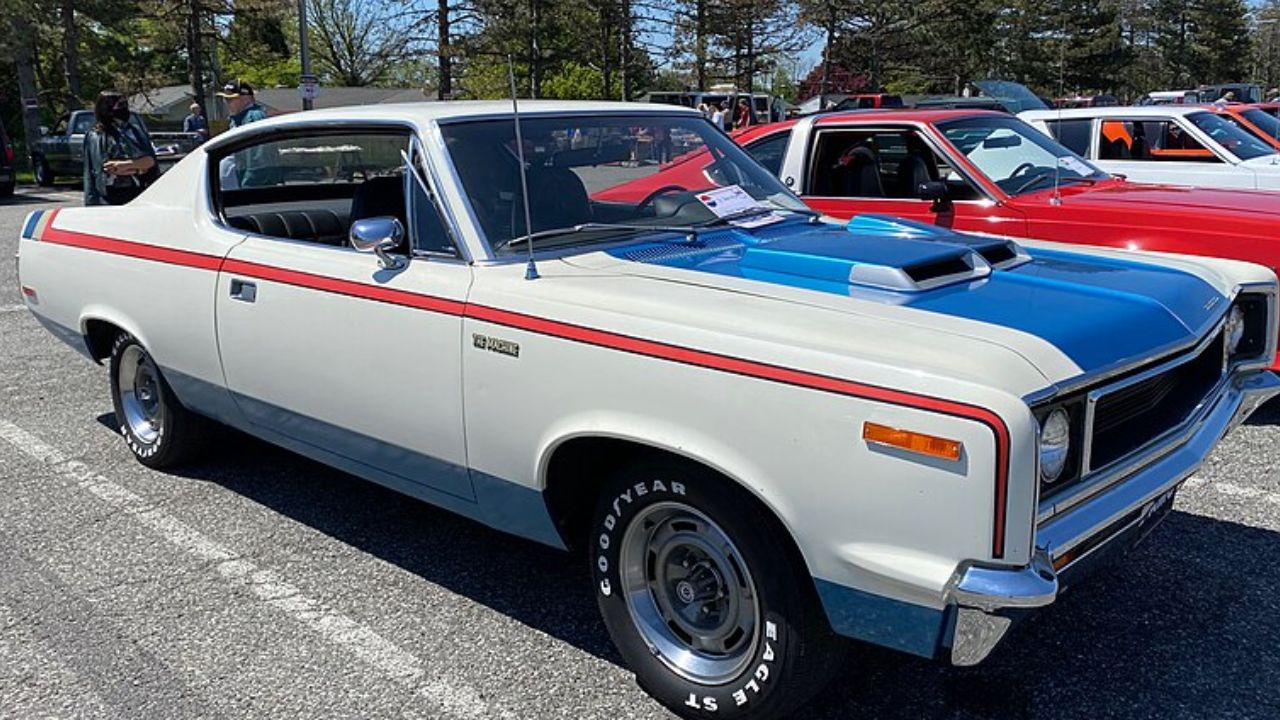
Performance was the cornerstone of the muscle car era, and manufacturers were constantly looking for ways to enhance the driving experience. One such option was vacuum-operated exhaust cutouts. This feature allowed drivers to alter the sound of their vehicle with the push of a button, switching from a subdued exhaust note to a more aggressive roar. While it added an element of excitement, the system was prone to reliability issues, making it as much a quirk as a performance enhancement.
Another intriguing option was the Ram Air hood scoops. These functional additions to the car’s design helped improve engine performance by directing cool, dense air directly into the carburetor. The result was a noticeable boost in power and efficiency. Though the technology was effective, the design was considered unusual, giving cars an aggressive and unmistakable appearance on the road.
The Unconventional Interiors
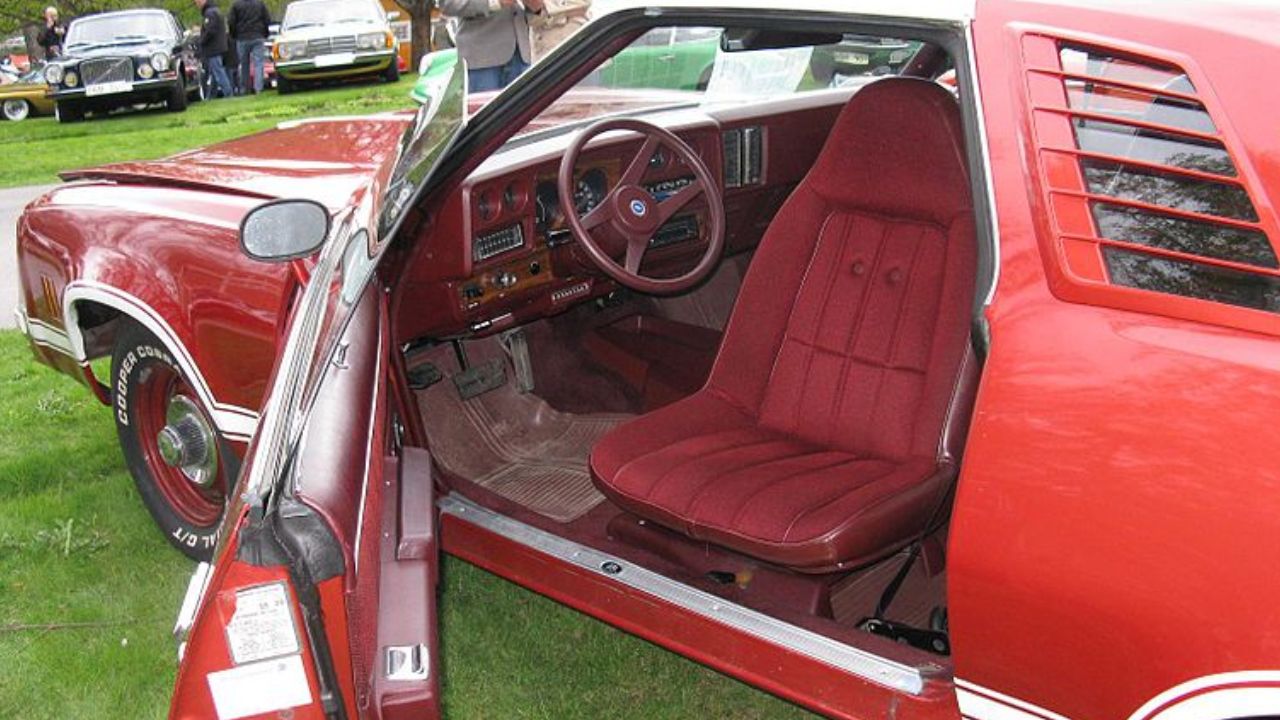
Muscle cars were known for their bold exterior designs, but the interiors were not without their own peculiarities. Swivel bucket seats were one such innovation. These seats allowed the driver and passenger to rotate their chairs outward, making it easier to enter and exit the vehicle. While the convenience was undeniable, the presence of swiveling seats in a high-performance car was unexpected, adding a touch of whimsy to the otherwise serious business of muscle car driving.
Another unconventional interior feature was the Tilt-Away steering wheel. This innovative design allowed the steering wheel to move to the side when the driver’s door was opened, providing more space for the driver to get in and out of the car. While it was a clever idea, the complexity of the mechanism and the potential for malfunction meant that it was not widely adopted. Nevertheless, it remains an interesting example of the lengths manufacturers went to in order to enhance driver comfort.
The Quirky Exteriors
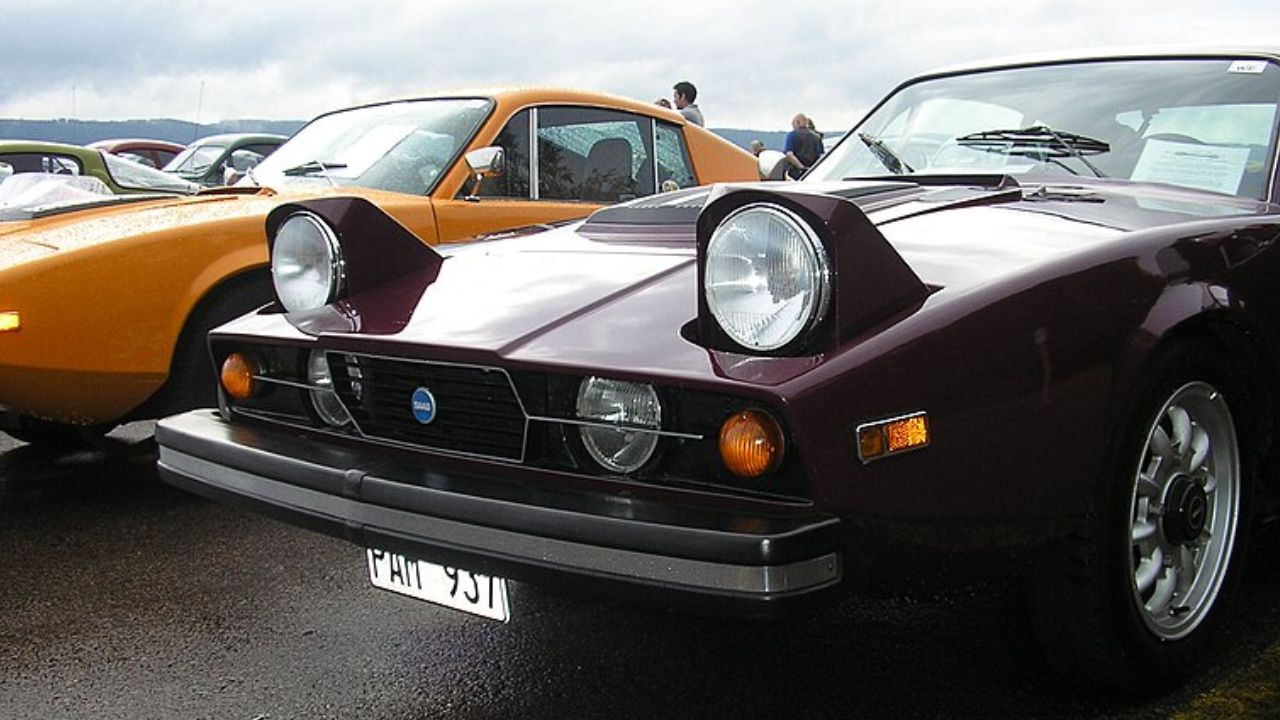
The exterior design of muscle cars was as bold as their performance, and several unique options were available to enhance their visual appeal. Hidden headlights were a popular feature that added both an aesthetic and aerodynamic edge. These retractable headlights were neatly integrated into the car’s front fascia, maintaining smooth lines when not in use. However, the mechanical complexity and potential for failure made them a rare sight on the roads during this era.
Equally striking were the painted racing stripes and graphics that adorned many muscle cars. These bold paint options were more than just cosmetic; they were a statement of individuality and performance. Drivers could personalize their vehicles with a variety of colors and patterns, making their muscle cars stand out even more. The application of racing stripes was not just about looks; it was a nod to the car’s heritage and racing pedigree.
The Unexpected Utility Features
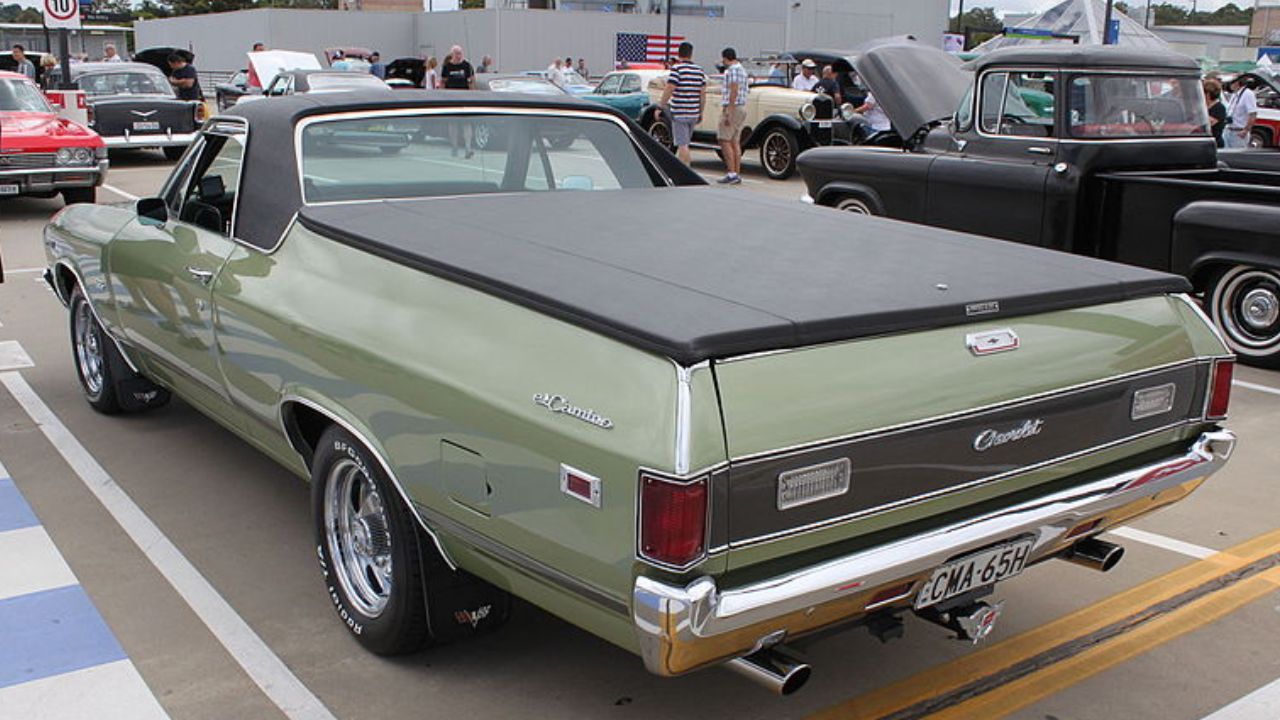
In a surprising twist, some manufacturers attempted to blend the performance of a muscle car with the utility of a truck. This led to the creation of vehicles like the Chevrolet El Camino and the Ford Ranchero. These models featured a car-like front end with a truck bed in the rear, offering practicality without sacrificing performance. While the concept was puzzling to some, it found a niche market and remains an interesting example of innovation in automotive design.
Another leisure-focused option was the inclusion of integrated coolers and food storage compartments. These features catered to the lifestyle of muscle car owners who enjoyed road trips and outdoor adventures. Built-in coolers allowed drivers to keep their beverages chilled while on the go, adding an element of convenience to the muscle car experience. Although these features were not widely adopted, they highlighted the versatility and adaptability of muscle cars beyond their performance-oriented origins.
Like Fast Lane Only’s content? Be sure to follow us.
Here’s more from us:
*Created with AI assistance and editor review.

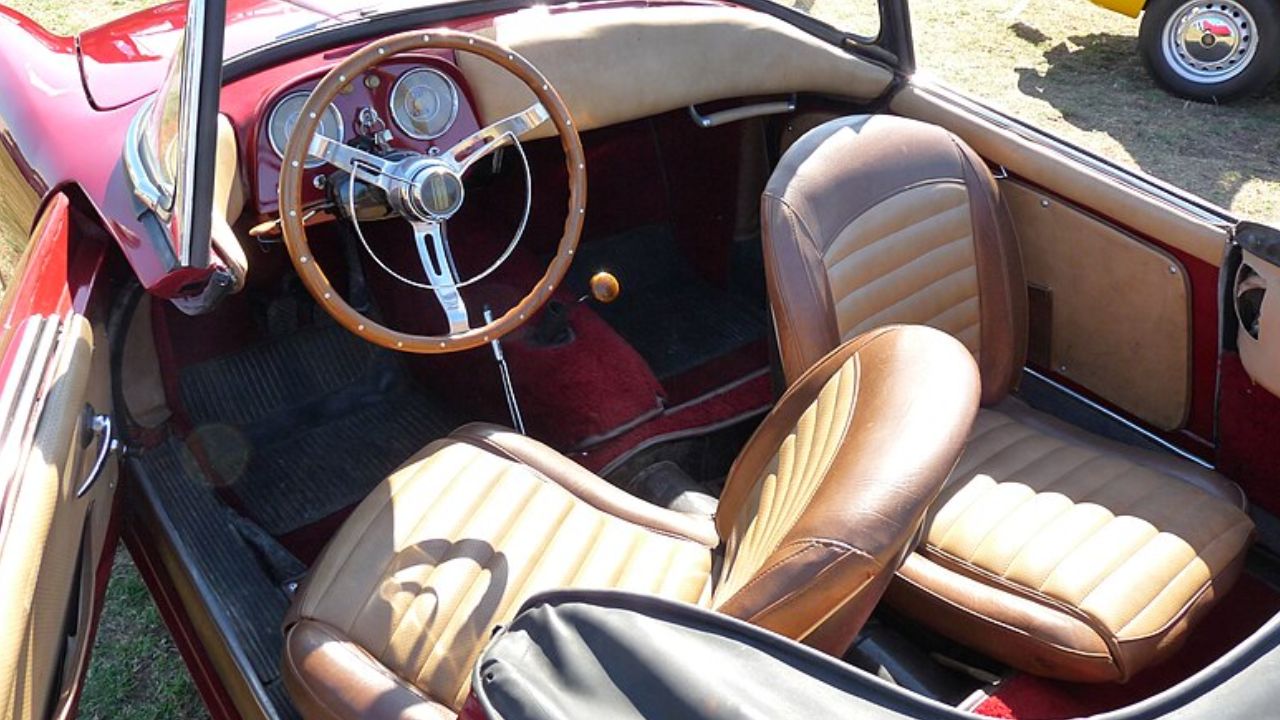

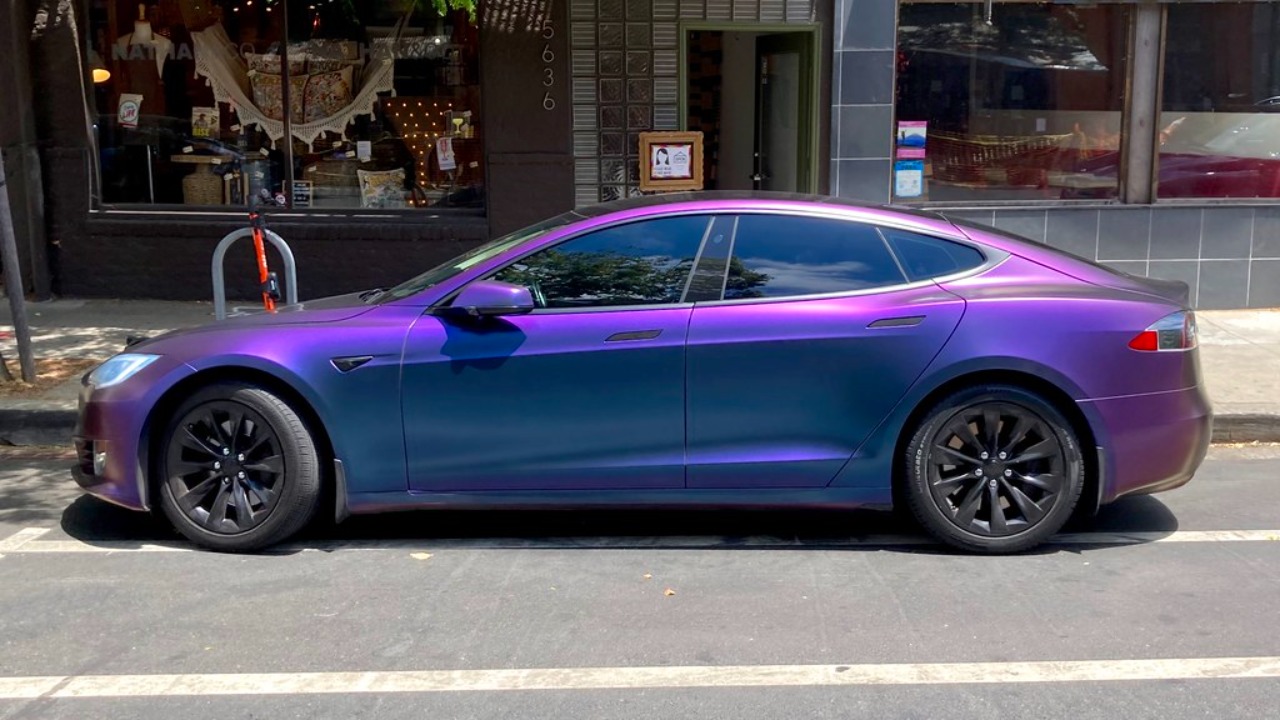
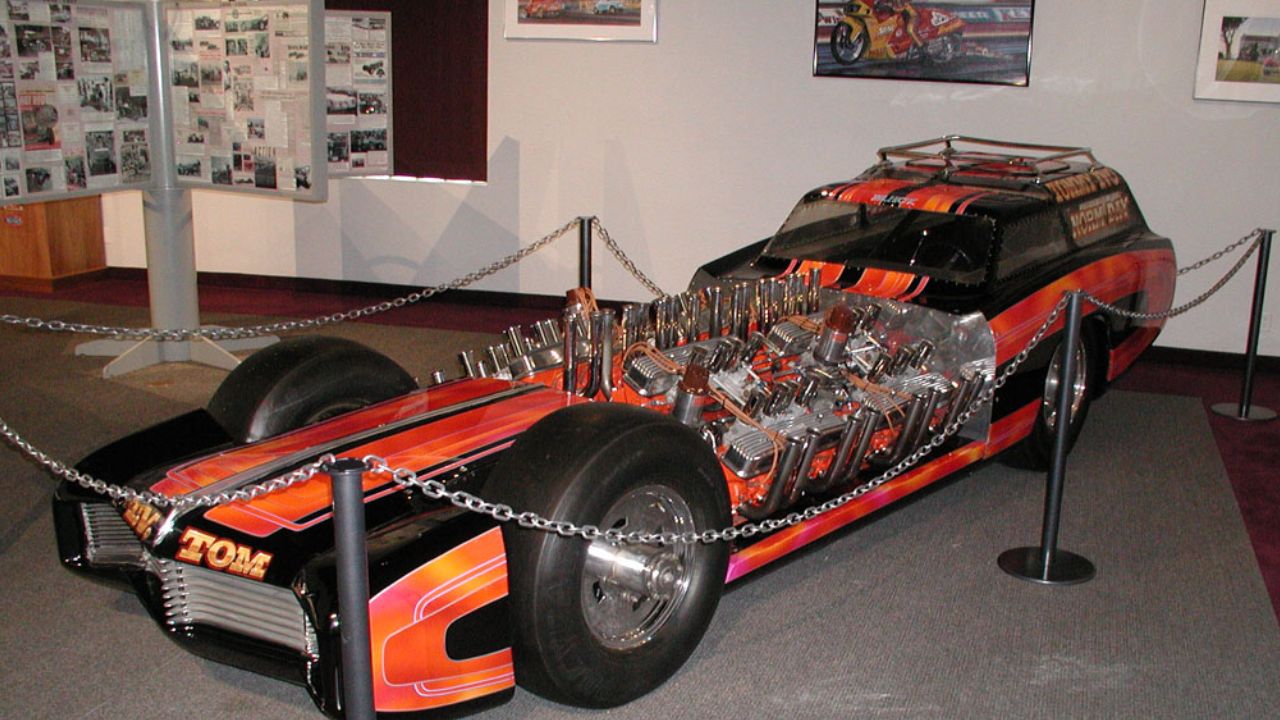
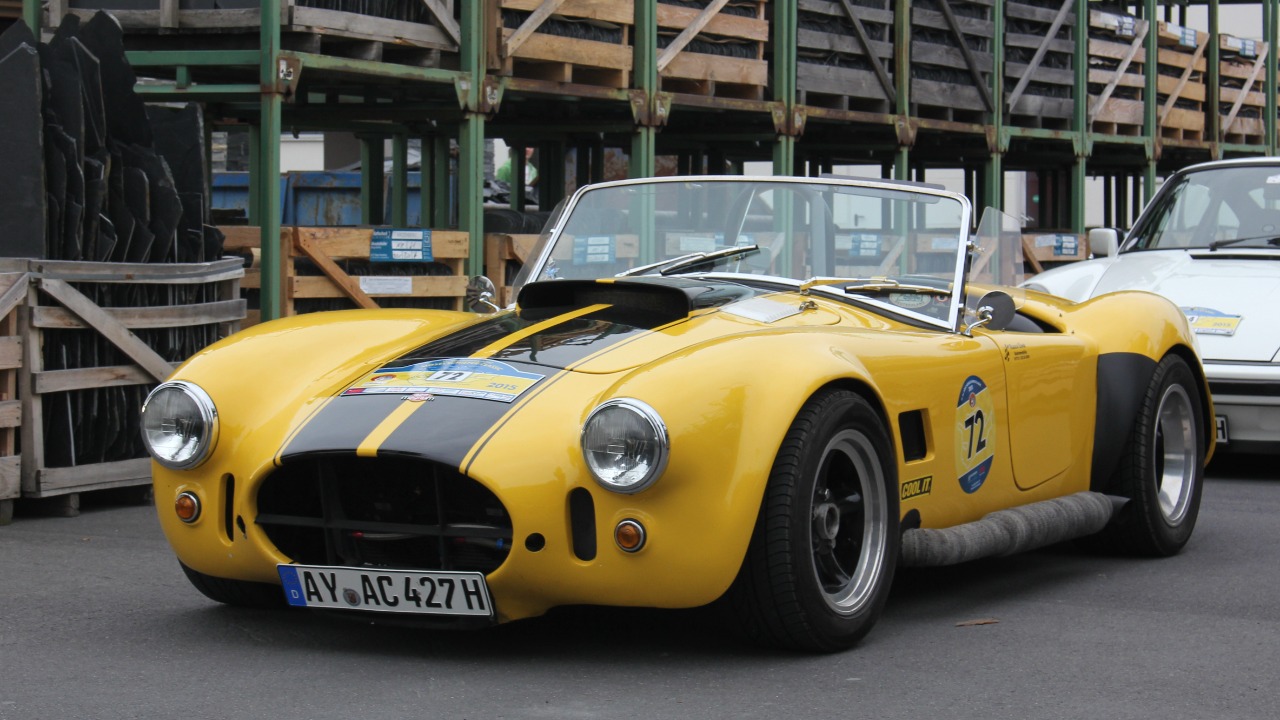
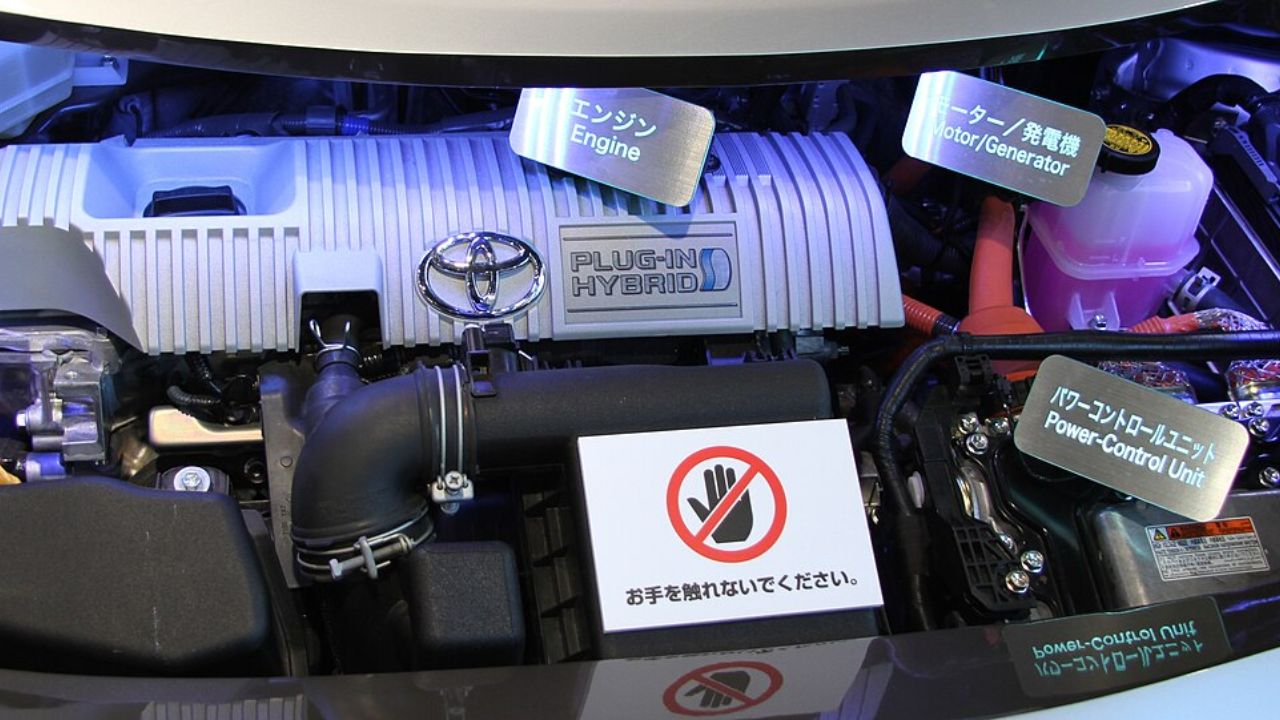
Leave a Reply